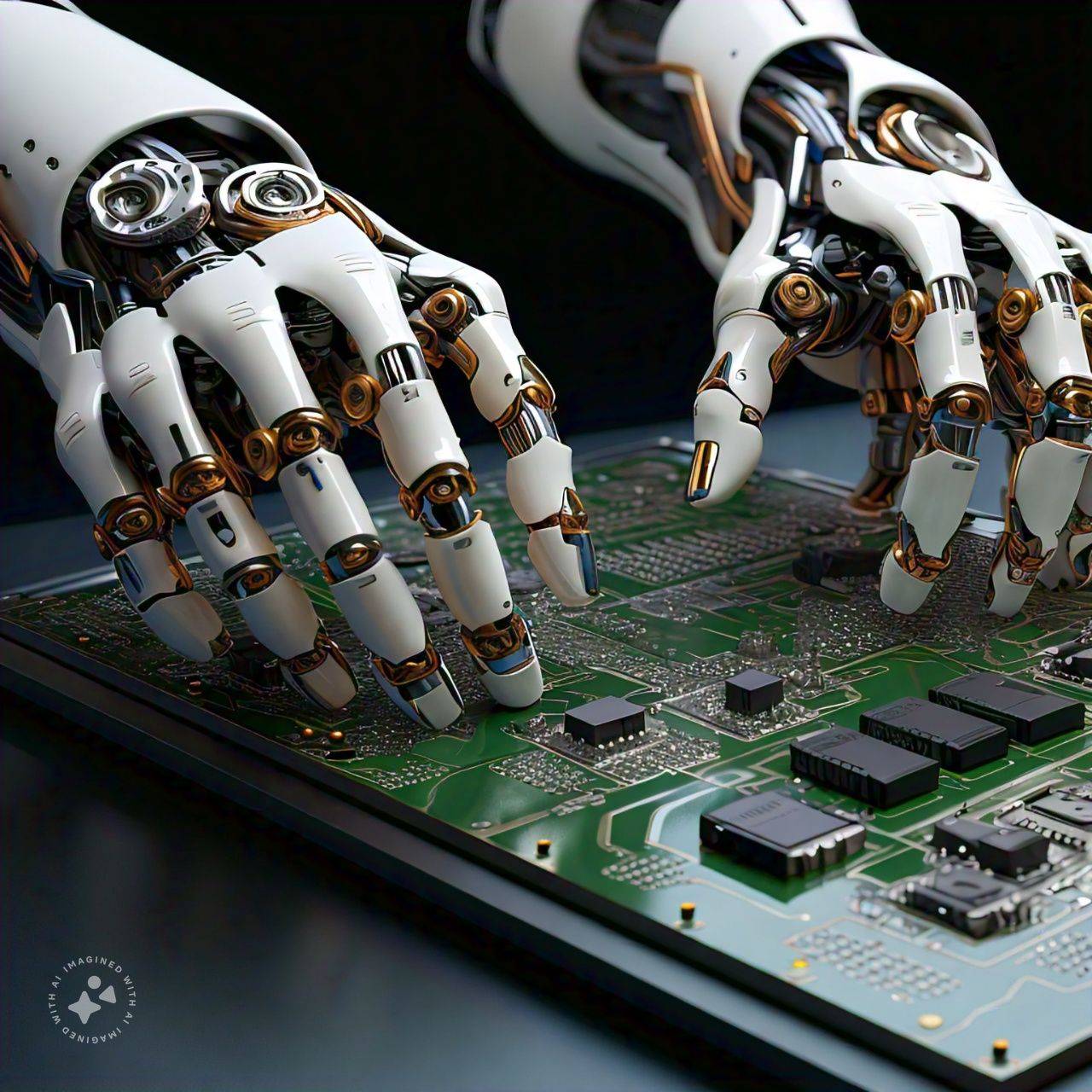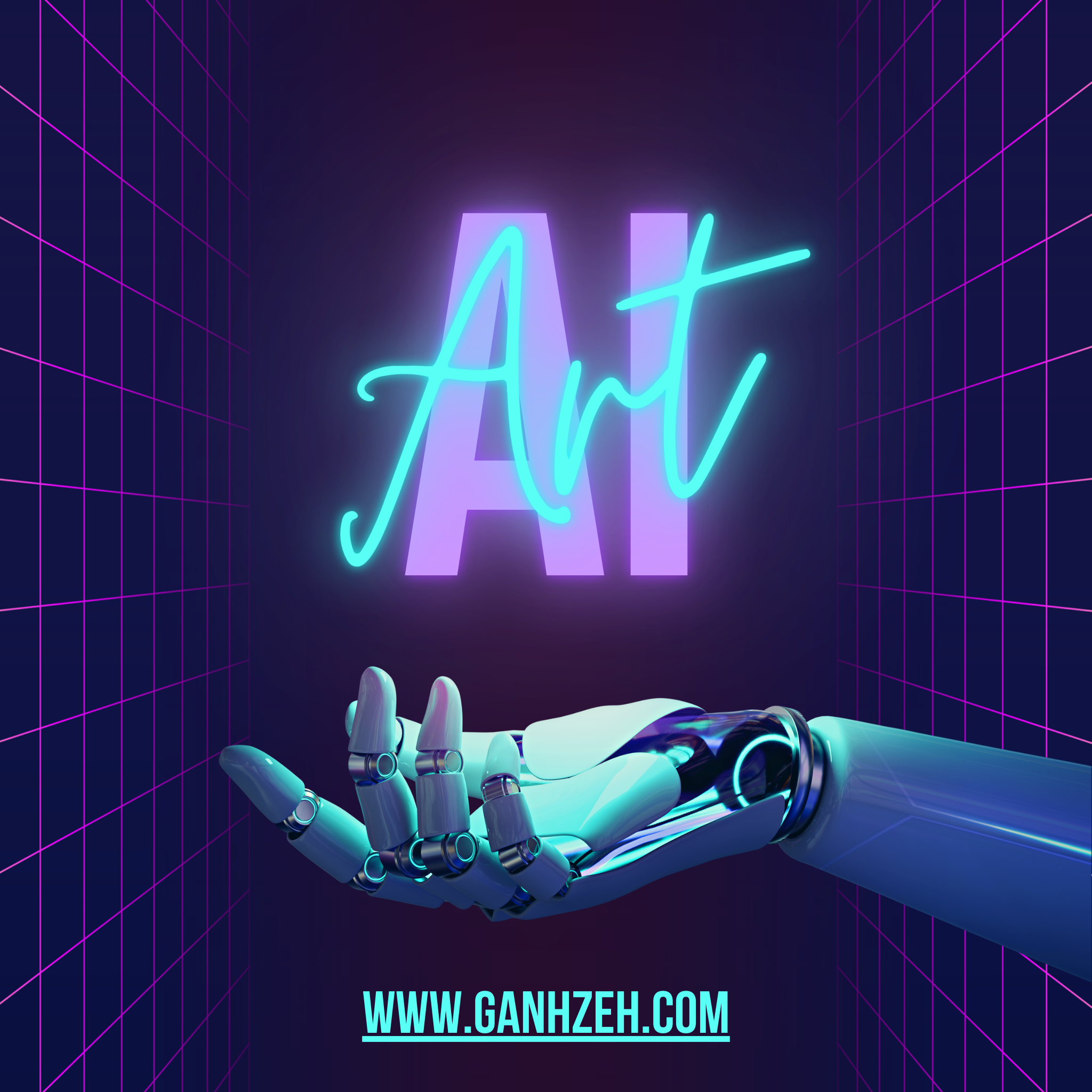
The automotive industry is experiencing a profound transformation driven by technological advancements. From autonomous vehicles to electric drivetrains, technology is reshaping how cars are designed, manufactured, and used. This transformation is not just about adding new features; it represents a fundamental shift in the industry’s approach to transportation, safety, and sustainability.
The Rise of Electric Vehicles
Electric vehicles (EVs) have been at the forefront of automotive innovation in recent years. The transition from internal combustion engines (ICE) to electric drivetrains is driven by advancements in battery technology, increased environmental awareness, and supportive government policies.
Battery Technology
One of the key technological advancements in electric vehicles is the development of more efficient and longer-lasting batteries. Modern EVs use lithium-ion batteries, which offer greater energy density compared to older technologies. Companies are investing heavily in research to improve battery performance, reduce charging times, and lower costs. Solid-state batteries, which promise even higher energy density and safety, are on the horizon, potentially revolutionizing the industry further.
Charging Infrastructure
The expansion of charging infrastructure is crucial to the widespread adoption of EVs. Advances in charging technology, such as fast-charging stations and wireless charging, are making it more convenient for drivers to charge their vehicles. Governments and private companies are working together to build a comprehensive network of charging stations, reducing range anxiety and encouraging more consumers to switch to electric.
Autonomous Vehicles and Advanced Driver Assistance Systems
Autonomous vehicles (AVs) and advanced driver assistance systems (ADAS) represent another major shift in the automotive industry. These technologies are transforming how vehicles operate and interact with their environment.
Self-Driving Technology
Autonomous vehicles use a combination of sensors, cameras, radar, and artificial intelligence (AI) to navigate and make decisions without human intervention. Companies like Tesla, Waymo, and Cruise are leading the development of AV technology, aiming to create vehicles that can safely operate in various driving conditions. While fully autonomous vehicles are not yet common on the roads, ongoing research and testing are steadily advancing the technology.
Driver Assistance Systems
ADAS technologies, such as adaptive cruise control, lane-keeping assist, and automatic emergency braking, enhance vehicle safety and convenience. These systems use sensors and cameras to monitor the vehicle’s surroundings and assist the driver in avoiding accidents. As technology continues to evolve, these systems are becoming more sophisticated, with features like predictive collision warning and advanced parking assistance.
Connectivity and the Internet of Things
The integration of connectivity and the Internet of Things (IoT) is revolutionizing the automotive industry by enabling vehicles to communicate with each other and with external networks.
Vehicle-to-Everything (V2X) Communication
Vehicle-to-Everything (V2X) communication allows vehicles to exchange information with other vehicles, infrastructure, and even pedestrians. This technology enhances safety by providing real-time information about road conditions, traffic signals, and potential hazards. V2X communication also enables more efficient traffic management and can reduce congestion by optimizing traffic flow.
In-Car Connectivity
In-car connectivity features, such as infotainment systems and over-the-air (OTA) updates, are becoming standard in modern vehicles. Infotainment systems provide drivers with access to navigation, entertainment, and communication services, often integrated with smartphones. OTA updates allow manufacturers to remotely update vehicle software, improving performance and adding new features without requiring a visit to the dealership.
Sustainable Manufacturing Practices
As the automotive industry shifts toward more sustainable technologies, manufacturing processes are also evolving to reduce environmental impact.
Green Manufacturing
Automakers are adopting green manufacturing practices to minimize waste and reduce energy consumption. This includes using recyclable materials, improving energy efficiency in production facilities, and implementing closed-loop recycling systems. Sustainable practices are not only beneficial for the environment but also help companies meet regulatory requirements and appeal to eco-conscious consumers.
Supply Chain Innovations
The automotive supply chain is becoming more transparent and efficient through technological innovations. Blockchain technology, for example, is being used to track the provenance of materials and ensure ethical sourcing. Advanced analytics and machine learning are also improving supply chain management by predicting demand and optimizing inventory levels.
Future Trends and Challenges
The automotive industry’s technological transformation is ongoing, with several emerging trends and challenges on the horizon.
Hydrogen Fuel Cells
Hydrogen fuel cells are an alternative to battery electric vehicles, offering the advantage of fast refueling and longer driving ranges. Companies like Toyota and Hyundai are investing in hydrogen technology, and while the infrastructure for hydrogen refueling is still developing, it has the potential to play a significant role in the future of sustainable transportation.
Cybersecurity
As vehicles become more connected and reliant on software, cybersecurity becomes a critical concern. Protecting vehicles from hacking and data breaches is essential to ensure safety and maintain consumer trust. Automakers are investing in robust cybersecurity measures to safeguard their vehicles and systems.
Regulatory and Ethical Considerations
The rapid pace of technological advancement raises regulatory and ethical questions. Governments and industry stakeholders must navigate issues related to data privacy, safety standards, and the impact of automation on jobs. Collaborative efforts are needed to develop policies and regulations that balance innovation with responsibility.
Conclusion
Technology is driving a profound transformation in the automotive industry, shaping the future of transportation. From electric vehicles and autonomous driving to connectivity and sustainable manufacturing, these advancements are creating a new era of mobility. As technology continues to evolve, the automotive industry will face both opportunities and challenges, but the ultimate goal remains the same: to create safer, more efficient, and environmentally friendly transportation solutions.








